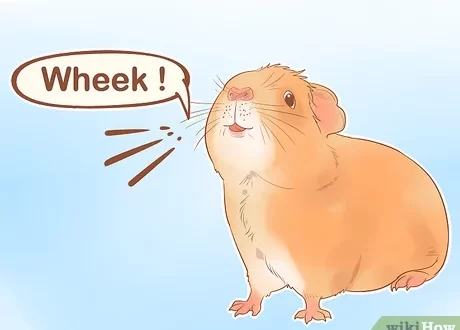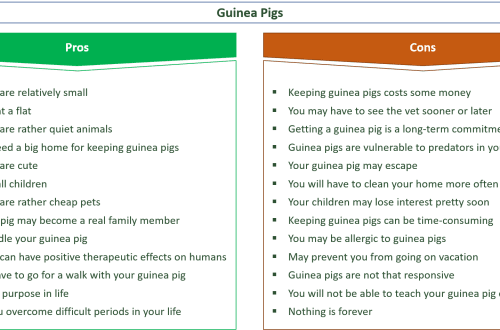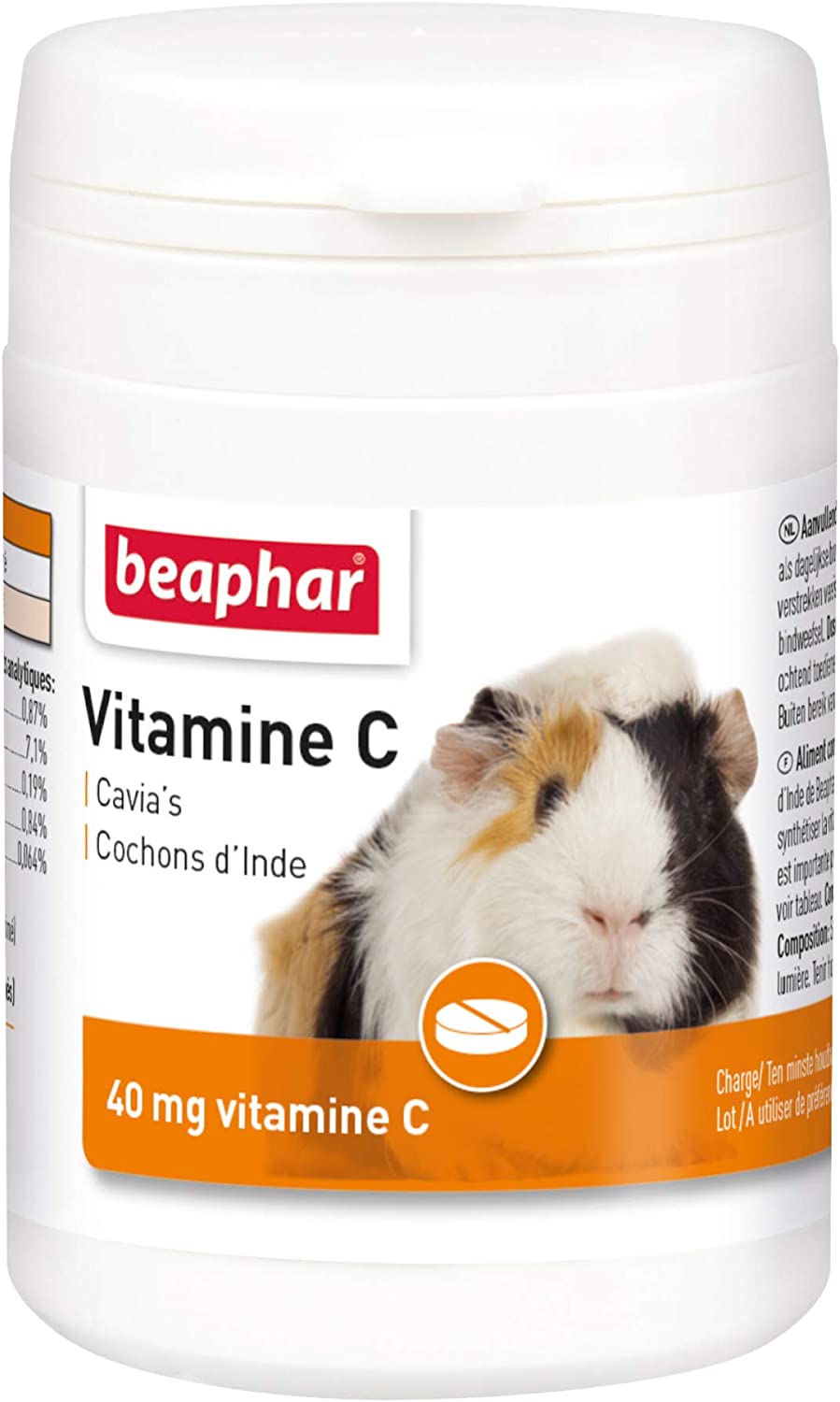
Guinea pigs and vitamin C
How to provide a guinea pig with vitamin C and what happens if it is not enough in the diet – this is our article.
In the process of evolution, not only humans have lost the ability to produce vitamin C in the body. The same thing happened with guinea pigs. The lack of ascorbic acid adversely affects not only the appearance of the pet, but also its health. Where do owners “get” vitamin C for guinea pigs? How to provide a guinea pig with vitamin C and what happens if it is not enough in the diet – this is our article.
Symptoms of ascorbic acid deficiency in guinea pigs:
Poor appetite, weight loss
Nasal discharge
Bleeding gums
Wool becomes harder and coarser
immobility
Wounds take a long time to heal
The pig is often sick.
If even one symptom is detected, you should contact your veterinarian as soon as possible so that he can make an accurate diagnosis and determine the optimal diet for your rodent.
Vitamins are just as important for guinea pigs as they are for us. Without them, the body will not function normally.
What will happen to a pig if it systematically lacks vitamin C from food:
The joints of the pet will begin to swell, because of this, the pig will walk slowly and carefully, lameness will appear, and breathing will become difficult.
The pig will lose its appetite, become lethargic and lethargic.
The coat of the animal will be disheveled and ugly, baldness will begin.
Teeth will loosen and fall out, gums will bleed.
Bleeding under the skin.
Blood will appear in the saliva, urine, and feces of the pig.
General weakness and diarrhea.
In the absence of vitamin C, which is important for life, the guinea pig will wither, get sick and die. Therefore, each pig owner must ensure that ascorbic acid enters the body of his pet along with food, and for this you need to choose the right food. We will talk about this further.
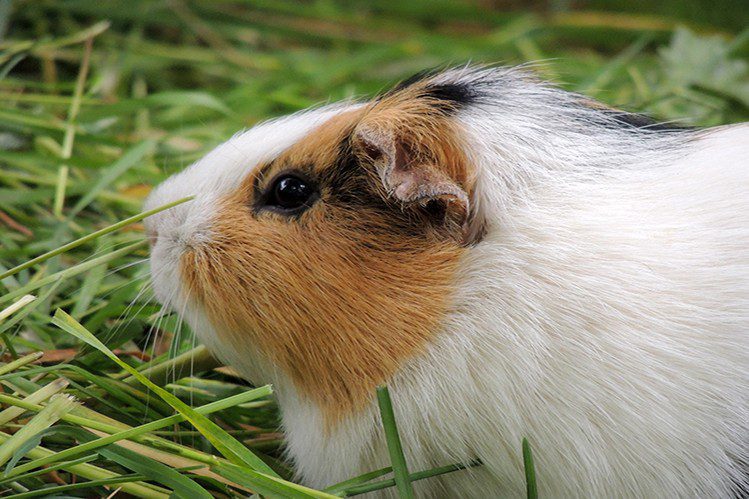
The pig should be regularly fed fresh grass (it can be grown at home from raw oats, millet, wheat, etc.) and hay. This is the basis of the diet of guinea pigs. However, vitamin C is contained in these products in a small amount, which is not enough for the normal functioning of the body. Therefore, the owner needs to think about additional sources of this important vitamin. For this, industrial feed is suitable.
Responsible dry kibble manufacturers add vitamin C to their products. To preserve the vitamin, they provide additional protection to the food packaging. This is, for example, vacuum or injection of inert nitrogen gas. Do not be afraid: the gas has no color, smell and taste and is absolutely safe for living beings. It is even used for packaging bakery products and other products for their longer storage.
If the manufacturer did not provide any protection, then vitamin C will collapse after 3 months. And if it was stored incorrectly in the store, the period is reduced to 1 month. Therefore, at the time of purchase of such feed, it most likely no longer has useful properties.
To ensure that your little pet is provided with ascorbic acid, choose those foods where the vitamin is stored for a long time due to suitable packaging. Pay attention to vacuum packaging (Fiory). Thanks to this technology, food can be stored 4 times longer than conventional food without vacuum. And you can also not worry about the safety of vital vitamin C.
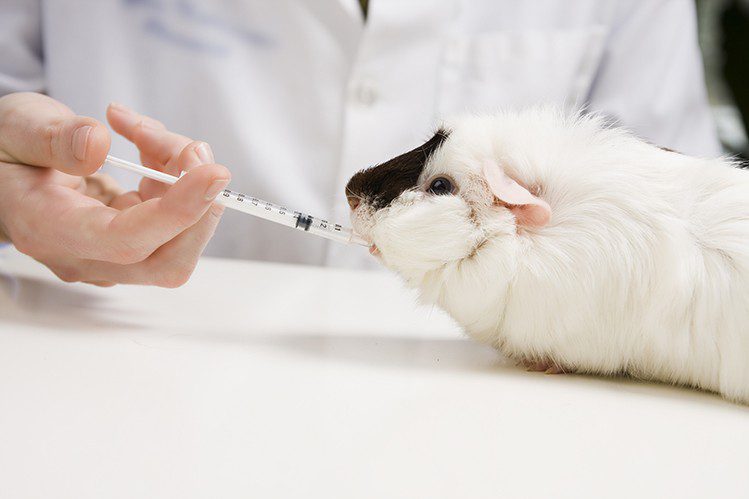
An additional source of ascorbic acid is also greens and fruits. But do not feed the pig with street grass (it is dirty, contains harmful substances and can be infected with parasites), exotic fruits (mango, pitahaya and others, because the reaction to them can be unpredictable).
To create a balanced diet for your guinea pig, we recommend that you seek the advice of a veterinarian. The specialist will assess the condition of the pet and tell you which products should be more in the pig’s bowl, and which can be given less often. Your doctor may also prescribe vitamin C supplements or tablets for your guinea pig. you can incorrectly calculate the dose and harm the animal.
Even if you’ve been prescribed liquid vitamin C, don’t add it to your water. Ascorbic acid does not affect the taste of water in the best way, so the pig may stop drinking the liquid. This is dangerous, because. threatens with dehydration, and it is useless, because. Vitamin C is destroyed in water by exposure to light.
Feeding is one of the most important components of a guinea pig’s well-being and longevity.
The correct daily diet for guinea pigs looks like this:
- 50-60% – hay. It should be in the rodent in constant access and in abundance. Make sure your hay is green, fresh, smells good, and isn’t moldy.
- 20-30% – a balanced grain mixture (30-50 g per day).
- 10-20% – grass and greens, permitted vegetables and fruits.
- No more than 10% – goodies.
- Unlimited – young branches of fruit trees, willows, etc.
Don’t forget about water: Pigs should only drink fresh and clean water, so you need to change it every day.
Only caring and responsible owners guinea pigs live happily ever after. If any little thing in the behavior of a rodent alarms you, be sure to contact a veterinary clinic. Self-medication or lack of medical care can end in failure.



